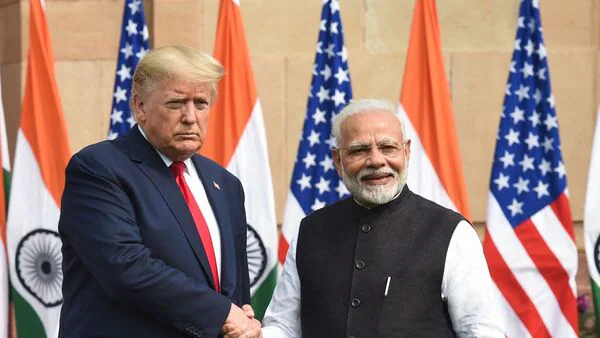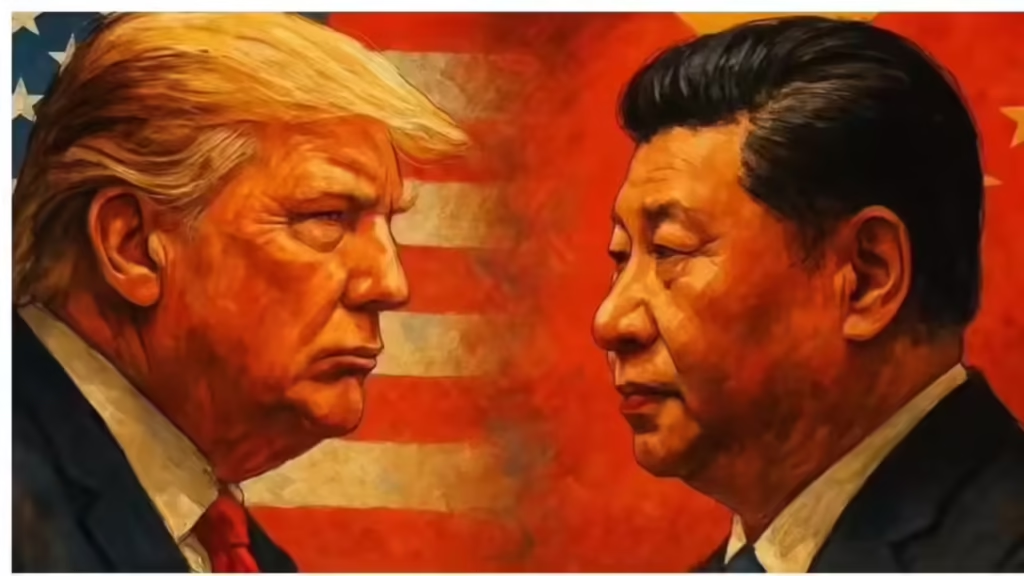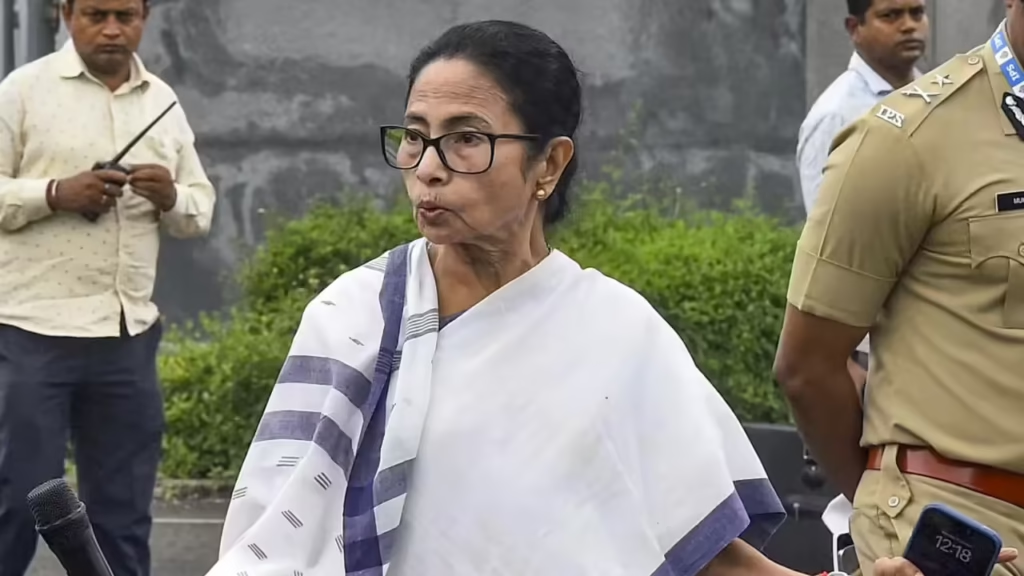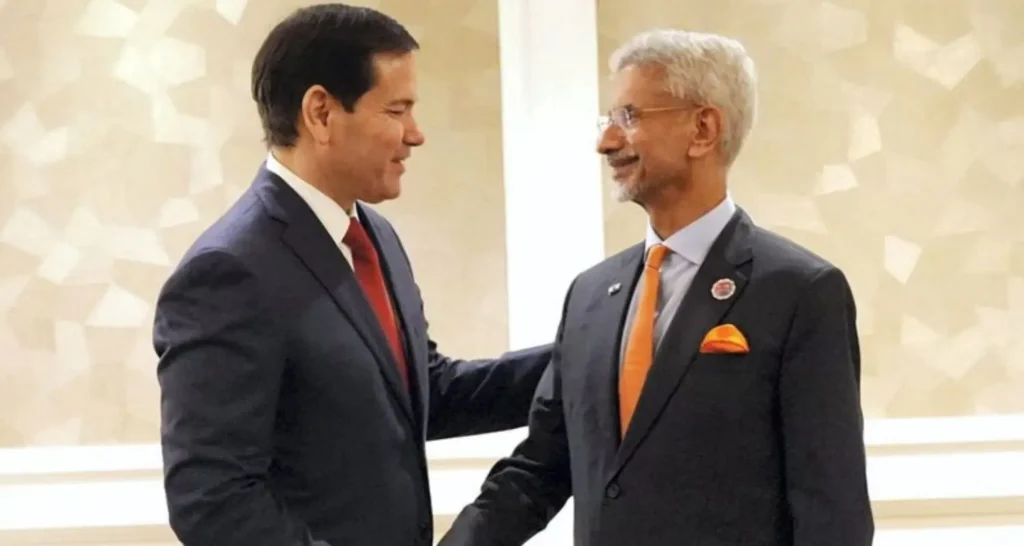Now Reading: India and US Trade Deal on the Horizon: What It Means for Smaller Cities
-
01
India and US Trade Deal on the Horizon: What It Means for Smaller Cities
India and US Trade Deal on the Horizon: What It Means for Smaller Cities

India and the United States are reportedly very close to concluding a bilateral trade agreement, according to senior officials. The deal is seen as one of the most significant shifts in economic ties between the two nations. For residents of Tier 2 cities, this could bring ripple effects across industry, exports and jobs — though it also comes with layered trade and policy complexities.
Where the Talks Stand
The two governments say they are converging on most of the remaining issues, and currently no new major hurdles have surfaced. Negotiators are now reportedly working on finalising the legal and technical language of the agreement. The sense is one of cautious optimism rather than bold declarations.
India has emphasised that any deal will be grounded in its national interests and will not be signed in haste or under unnecessary pressure. The US, meanwhile, has pushed for clearer trade terms and tariff reductions.
Why This Matters Beyond the Metro Cities
For smaller cities like Nagpur, Coimbatore or Bhubaneswar, the deal could open up fresh export opportunities in sectors such as textiles, leather goods, engineering parts and food products. Many manufacturing units outside major urban centres depend on global trade linkages and skilled labour. A smoother agreement could mean better access and fewer trade barriers.
However, the flip side is uncertainty for local businesses that are less equipped to absorb changes in tariff policy or export regulation. Smaller firms may face structural adjustments if the agreement triggers shifts in market demands or competition.
Key Sectors and Potential Benefits
Export-oriented sectors could benefit from tariff reductions, more predictable trade flows and improved supply-chain integration. Local clusters in Tier 2 cities may see increased orders and investment if the deal reduces friction between India and the US markets.
On the labour side, job creation could rise in regions where industries ramp up operations for export growth. For many youth in non-metro areas this could mean new employment avenues beyond traditional local services.
Risks and Cautions for Local Stakeholders
Even if the deal comes through, it won’t instantly solve structural challenges. Firms in smaller cities must still invest in quality, compliance, and scale to truly benefit. Sudden reduction of trade barriers may also invite stronger foreign competition — smaller producers could struggle if they don’t upgrade.
Policy changes may also bring transitional pain. Adjustments to tariffs, regulations or subsidy regimes might require adaptation by local businesses with limited resources or access to capital. For everyday workers and producers in smaller towns the question is: how ready are we?
Conclusion
The nearing India-US trade agreement signals a major moment for the country’s global economic posture. For Tier 2 cities, it offers both promise and challenge — potential for growth, diversification and jobs, but also the need for strategic readiness. The real test will be how quickly local businesses, workers and industries adapt to the new environment. Change is coming; the communities that prepare will benefit most.

























